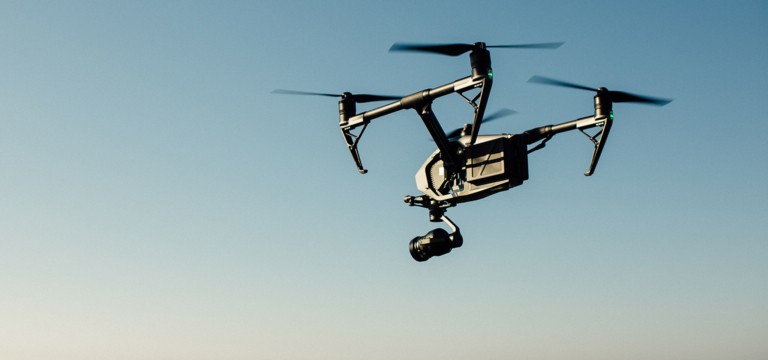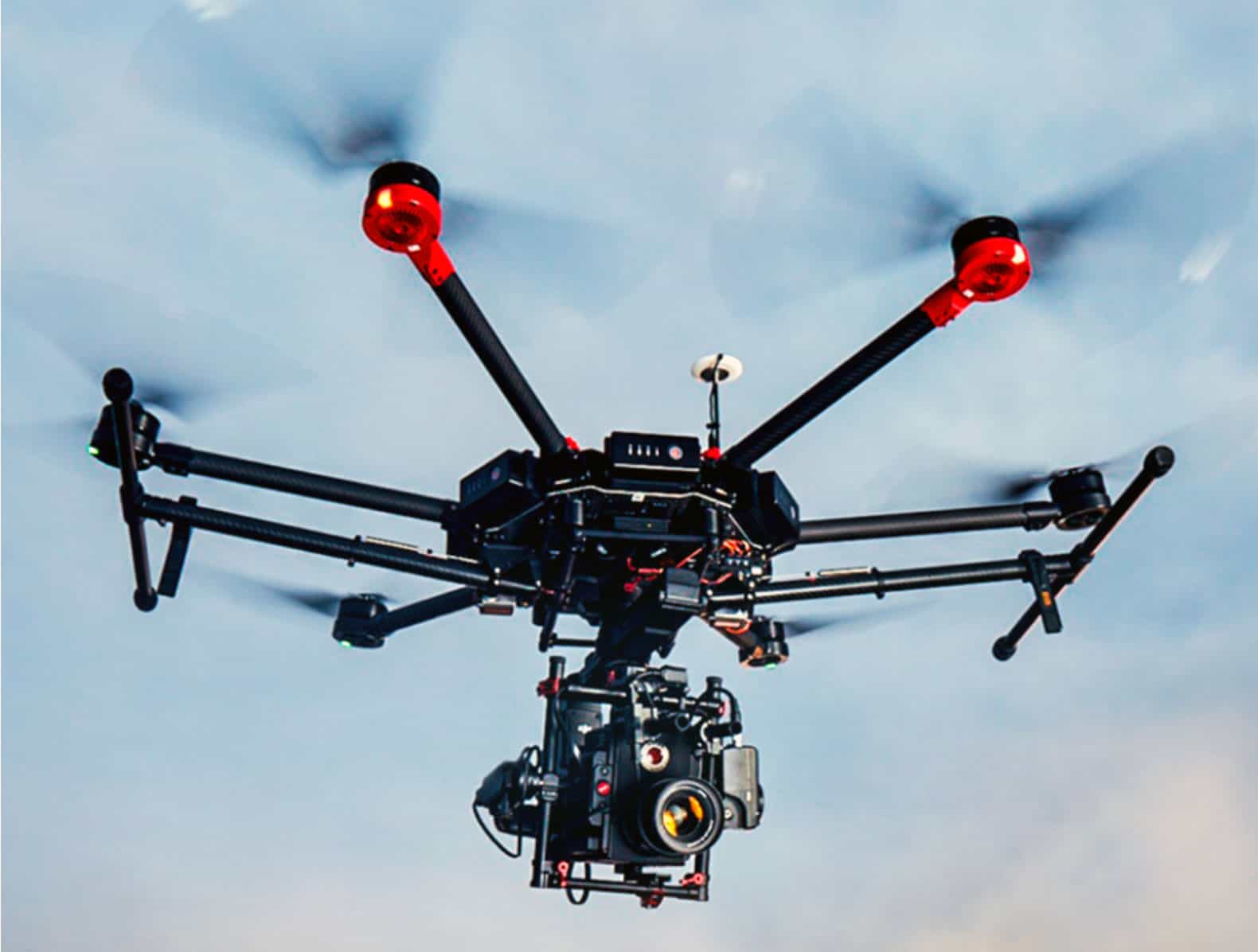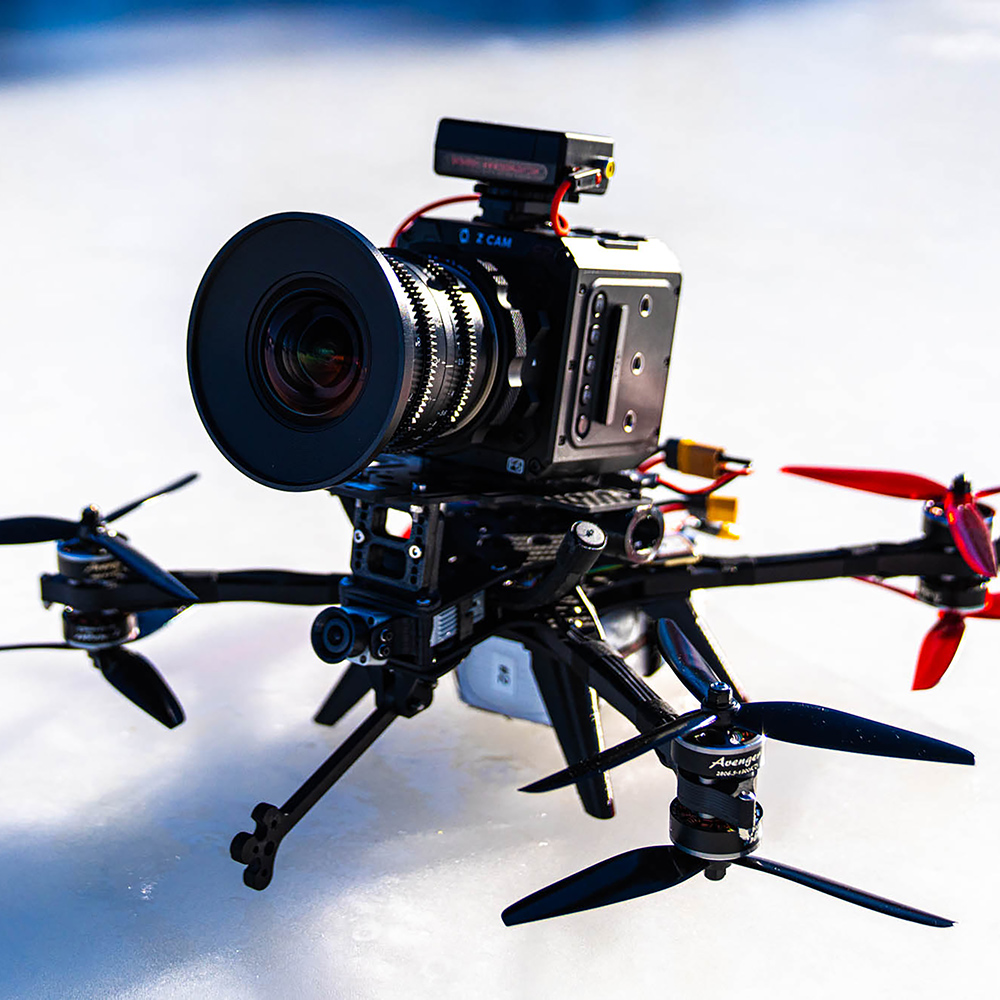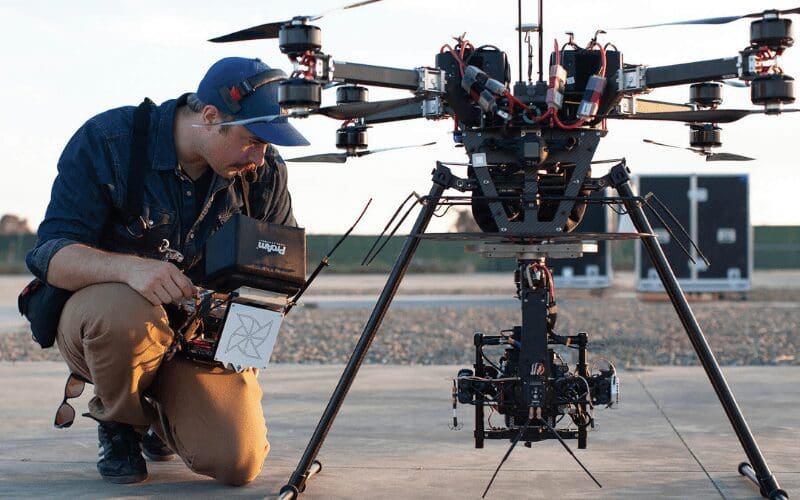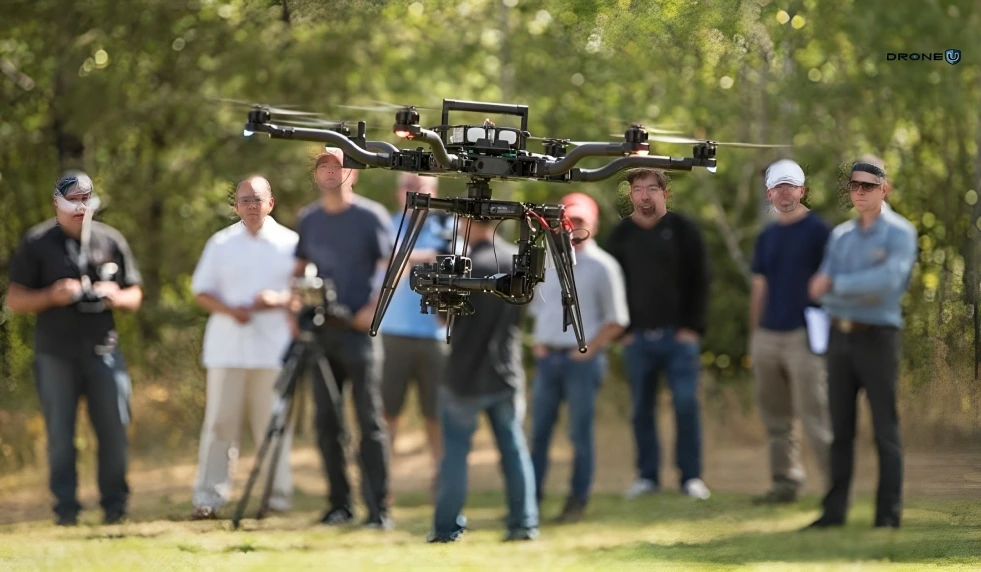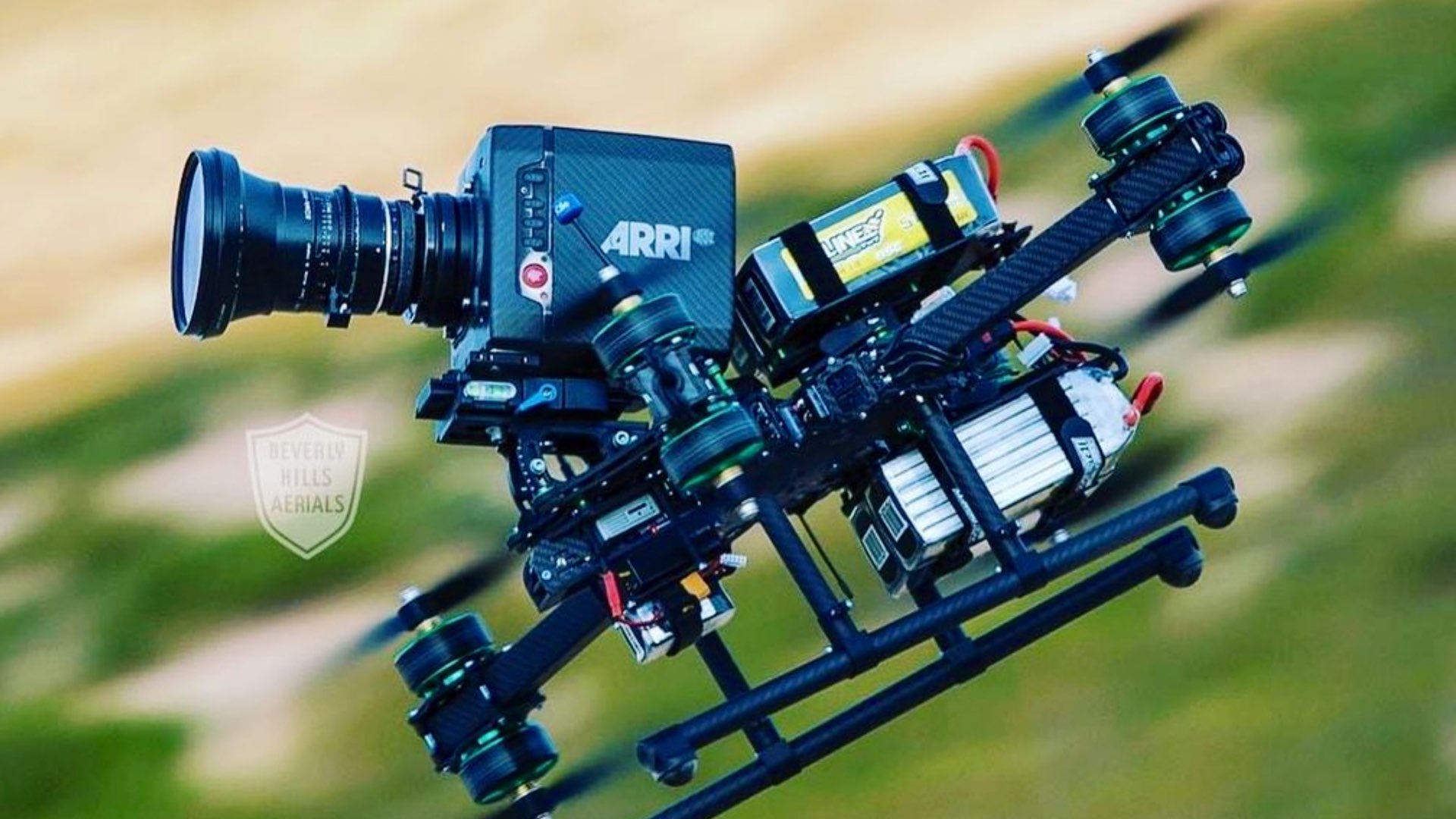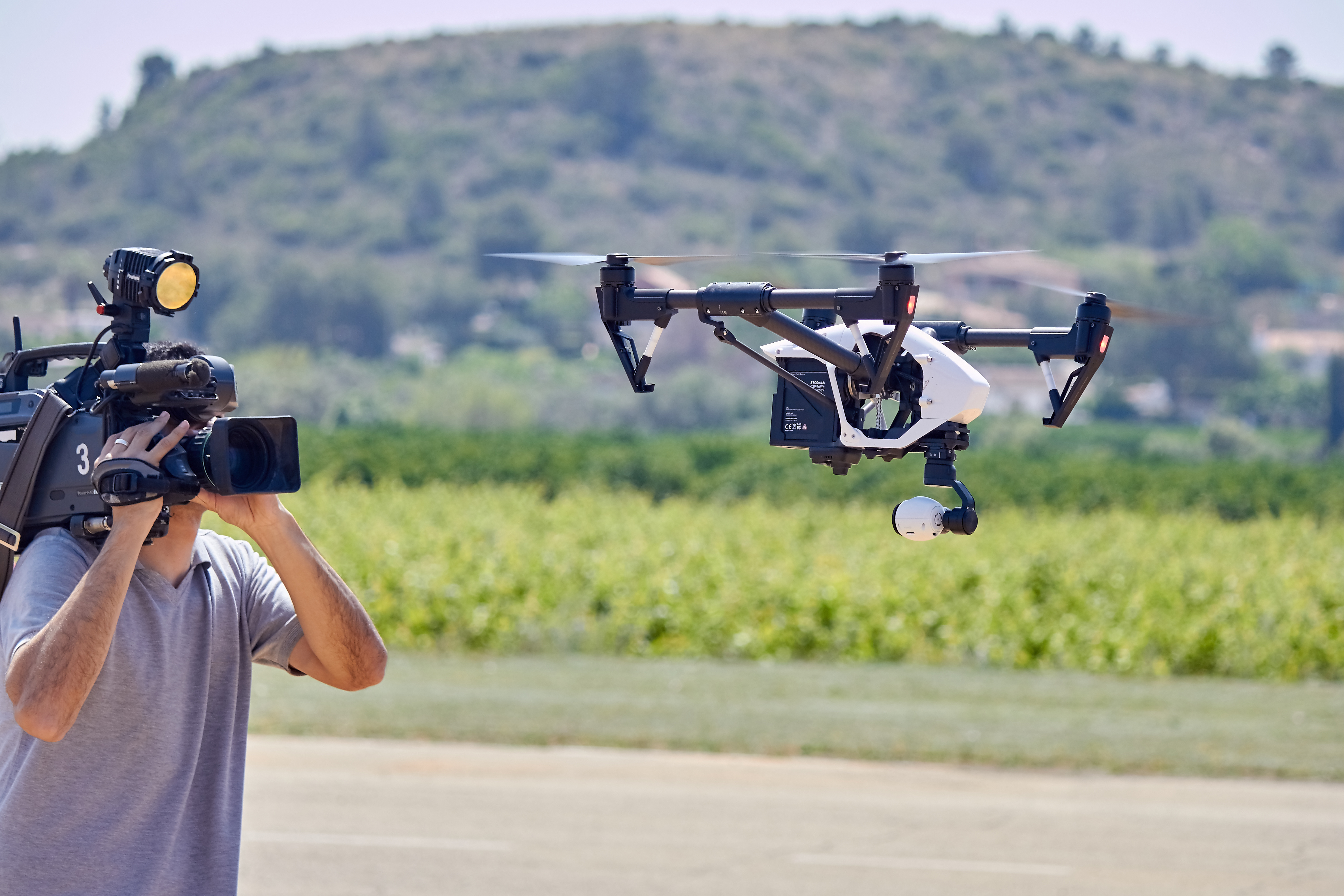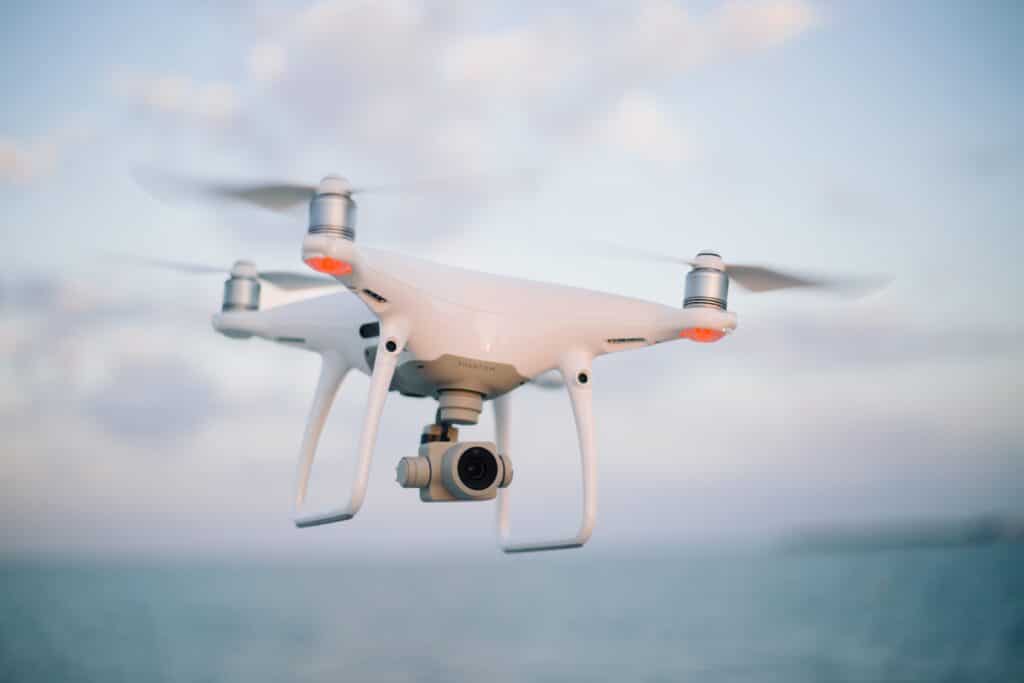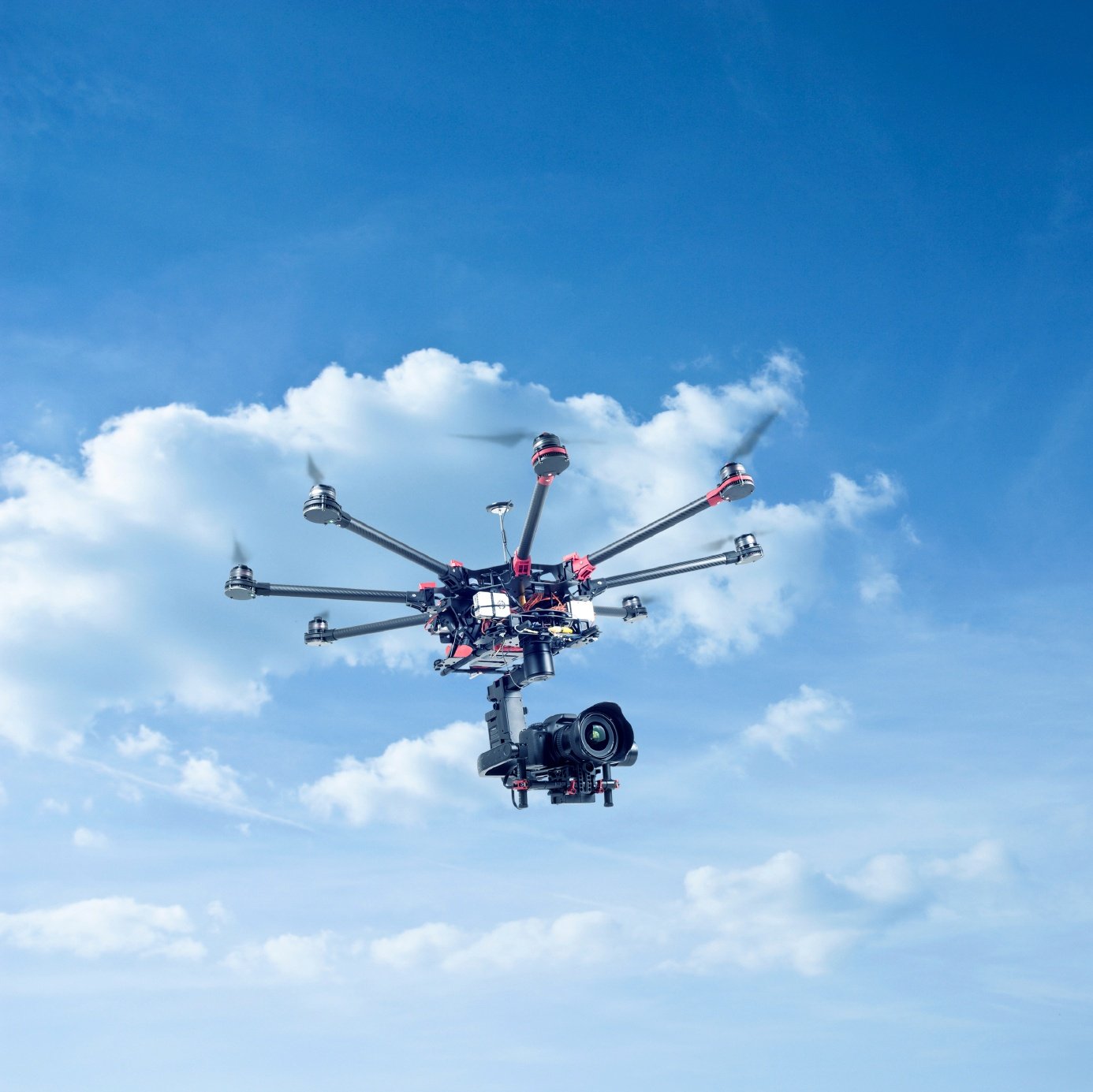Best Drones For Movie Making

Want to capture breathtaking aerial shots for your next film project? Drones have revolutionized filmmaking, putting Hollywood-level cinematography within reach of independent creators. But with so many options on the market, choosing the right drone can feel overwhelming.
This guide is for you - the aspiring filmmaker, the indie director, or the content creator ready to elevate your visual storytelling. We'll cut through the jargon and explore the best drones for movie making, helping you make an informed decision, even if you're a complete beginner.
Why Drones Matter for Filmmaking
Drones offer unparalleled creative freedom. Imagine soaring through the air, capturing sweeping landscapes, dynamic action sequences, and unique perspectives impossible with traditional cameras.
They're also cost-effective. Drones can significantly reduce production costs by eliminating the need for expensive helicopters or cranes.
Drones offer flexibility on any production, allowing you to get shots you wouldn't get otherwise.
Top 5 Drones for Movie Making: A Quick Comparison
| Model | Price (USD) | Camera Resolution | Flight Time | Warranty |
|---|---|---|---|---|
| DJI Mavic 3 Pro | $2,199 | 5.1K Apple ProRes | 43 minutes | 1 Year Limited |
| DJI Inspire 3 | $16,499 | 8K Apple ProRes RAW | 28 minutes | 1 Year Limited |
| Autel Robotics EVO II Pro 6K | $1,795 | 6K | 40 minutes | 1 Year Limited |
| Parrot Anafi Ai | $4,500 | 4K HDR | 32 minutes | 2 Years |
| Skydio 2+ | $1,099 | 4K60 HDR | 27 minutes | 1 Year Limited |
Detailed Reviews: Dive Deeper
DJI Mavic 3 Pro
The DJI Mavic 3 Pro strikes a perfect balance between portability and professional-grade features. Its multiple camera system, including a telephoto lens, opens up a range of creative possibilities.
This drone records in 5.1K Apple ProRes, ensuring pristine image quality. While expensive, it's a worthwhile investment for serious filmmakers.
DJI Inspire 3
For professional cinematographers, the DJI Inspire 3 is the gold standard. It boasts exceptional image quality and a swappable lens system for ultimate versatility.
Its 8K Apple ProRes RAW footage allows for extensive post-production flexibility. This is a drone built for demanding productions, at a significant price point.
Autel Robotics EVO II Pro 6K
The Autel Robotics EVO II Pro 6K offers a compelling alternative to DJI. With its 6K camera and adjustable aperture, it excels in various lighting conditions.
Its obstacle avoidance system is robust, making it safer to fly in complex environments. Consider this option if you want strong performance outside of the DJI ecosystem.
Parrot Anafi Ai
The Parrot Anafi Ai stands out with its enhanced security features and 4G connectivity. This allows for real-time video transmission and remote control over long distances.
Its 4K HDR camera delivers excellent image quality, and its compact design makes it easy to transport. This is a great choice for filmmakers who prioritize security and connectivity.
Skydio 2+
The Skydio 2+ is known for its unparalleled autonomous flight capabilities. Its advanced obstacle avoidance system allows it to navigate complex environments with ease.
While its 4K camera may not match the resolution of other drones, its intelligent flight modes make it ideal for capturing dynamic tracking shots.
Used vs. New: Weighing the Options
Buying a used drone can save you money, but it comes with risks. You might encounter hidden damage, reduced battery life, or outdated software.
Pros of buying used: Lower price, access to higher-end models at a reduced cost. Cons of buying used: Potential for hidden damage, limited warranty, older technology.
A new drone offers peace of mind with a warranty and the latest features. However, it requires a larger initial investment.
Pros of buying new: Full warranty, latest technology, guaranteed condition. Cons of buying new: Higher price.
Reliability Ratings by Brand
DJI: Known for innovation and extensive features, but some users report occasional software glitches.
Autel Robotics: Gaining a reputation for solid performance and reliability, often compared favorably to DJI.
Parrot: Stands out for its security features and robust construction, though some models may lack the advanced features of competitors.
Skydio: Renowned for its autonomous flight capabilities, but some users find the camera quality less impressive than other brands.
Checklist: 5 Must-Check Features Before Buying
- Camera Quality: Resolution, sensor size, and aperture are crucial for capturing high-quality footage.
- Flight Time: Longer flight times allow for more shooting opportunities without interruptions.
- Obstacle Avoidance: Essential for safe flying, especially in complex environments.
- Gimbal Stabilization: Ensures smooth, cinematic footage, even in windy conditions.
- Remote Controller Features: Check for intuitive controls, a clear display, and sufficient range.
Key Takeaways
Choosing the best drone for movie making depends on your budget, experience level, and specific needs. The DJI Mavic 3 Pro offers a great balance of features and portability, while the DJI Inspire 3 is the ultimate professional choice.
Consider whether a used drone is right for you, weighing the potential savings against the risks. Remember to prioritize essential features like camera quality, flight time, and obstacle avoidance.
No matter which drone you choose, proper training and adherence to local regulations are crucial for safe and responsible flying.
Ready to Take Flight?
Now that you're armed with the knowledge, it's time to explore the options and find the perfect drone for your next film project. Consider all the factors we've discussed and don't be afraid to research further and read user reviews.
Visit your local drone retailer or browse online marketplaces to compare models and prices. Happy filming!

